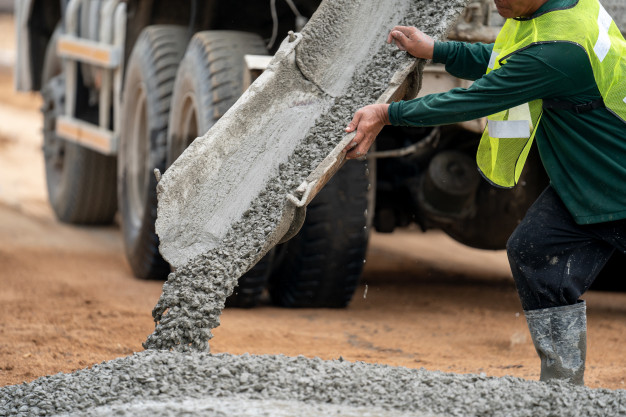Concrete is a mixture of cement, sand, water, and aggregate. Concrete technology is used in building construction, road, bridges for making columns, beams, slab, and other load-bearing structures. There are various types of cement used in concrete. Most of the time, Portland cement is used for producing concrete.
Different types of binding material are used in concrete. This binding material contains the lime for lime concrete and bitumen for asphalt concrete. This type of concrete is used for road construction. Concrete technology is the branch of civil engineering.
Cement, sand, water, aggregate, and other binding materials are mixed with a certain proportion, Which is used to obtain the strength.

What You Will Learn In This?
- Advantages of Concrete
- Different Grade of Concrete
- Uses the Grades of Concrete in Building Construction
- Ingredients of Cement
- Different Types of Cement
- Test of Cement
- Conclusion
- FAQs
Advantages of Concrete
- Cement, sand, aggregate are the Ingredients of concrete which are easily available in most of the places.
- Concrete can be manufactured to the desired strength with an economy.
- The durability of concrete is very high.
- It can be cast to any size and desired shape.
- The casting of concrete can be done in the working site, which makes it economical.
- Maintainance cost of concrete is almost negligible.
- Concrete makes a building fire shape, due to its incombustible nature.
- It can withstand high temperature
- Concrete is resistant to wind and water, it is very useful in storm shelters.
- The deterioration of concrete is not appreciable with age.
Different Grades of Concrete
In building construction, we have different structures like foundation, footing, beam, column, slab, etc. For a different structure, you should use the different grades of concrete in building construction. Use that grade which is useful for our structure. Therefore, every civil engineer and student should know the different grades of concrete and their uses in building construction.
Concrete technology is very useful in building construction because without concrete we are not able to get the strength of the building or we can’t construct any structure in civil engineering. Here, M5, M10, M15, M20, M25, M30 are the are grades of concrete. M stand for mix and the number is for characteristic strength of concrete in N/mm². This is the strength of concrete after 28 days.
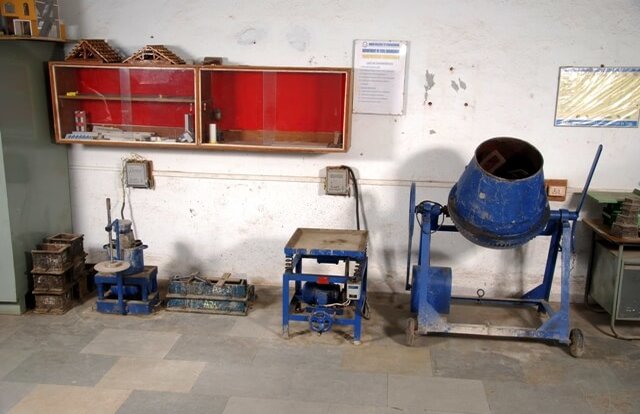
Use the Grades of Concrete in Building Construction
For foundation and column, the grades of concrete should be maximum than the beam and slab.
Because slab and also beam is the tension member but foundation and column is the compression. So, therefore for compression member, we should take the high grade of concrete.
Now, we have different grades of concrete especially one is a nominal mix and the second one is the design mix.
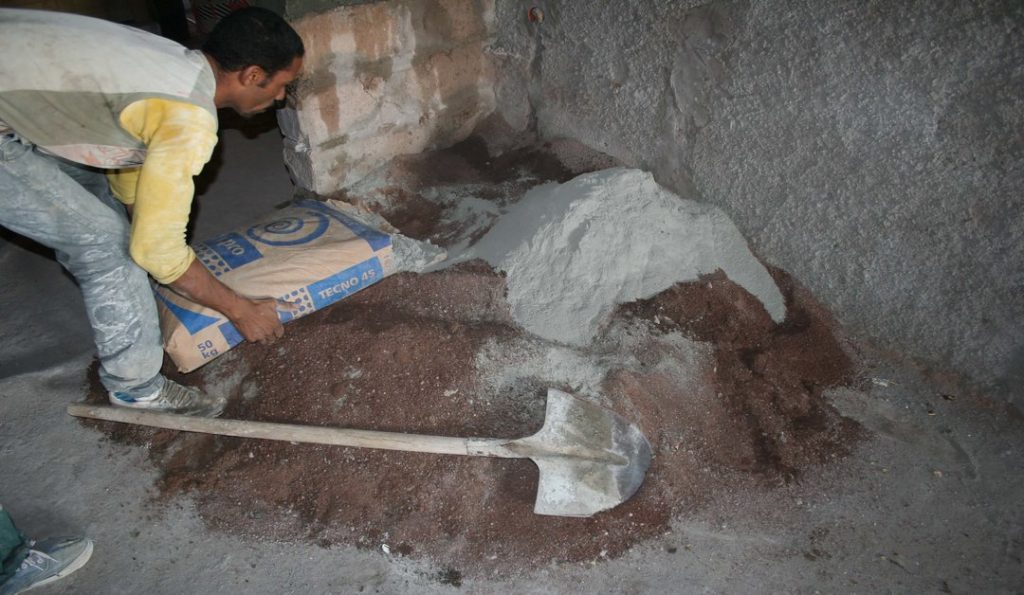
M5 to M20 grade concrete is the nominal mix. M25 and more than M25 grade of concrete are the design mix.
So, we will design the nominal mix concrete which is used for the lite projects known as domestic projects.
For highrise projects where you need more strength, then we will use design mix concrete for that structure.
Ingredients of Cement
Cement is an important binding material that is used in almost every construction work. The following are the ingredients of cement and the percentage of these ingredients used in cement.
| Ingredients of Cement | % of Ingredients |
| Lime | 60-65 |
| Silica | 17-25 |
| Alumina | 3-8 |
| Magnesia | 1-3 |
| Iron oxide | 0.5-6 |
| Calcium Sulfate | 0.1-0.5 |
| Sulfur Trioxide | 1-3 |
| Alkaline | 0-1 |
Physical And Chemical properties of cement
| Physical properties of cement | Chemical properties of cement |
| Fineness of cement | Tricalcium aluminate (C3A) |
| Soundness | Tricalcium silicate (C3S) |
| Consistency | Dicalcium silicate (C2S |
| Strength | Ferrite (C4AF) |
| Setting time | Magnesia (MgO) |
| Heat of hydration | Sulfur trioxide |
| Loss of ignition | Iron oxide/ Ferric oxide |
| Bulk density | Free lime |
| Specific gravity | Alkalis |
| Silica fumes | |
| Alumina |
Different Types of Cement
1) Ordinary portland cement (OPC)–
This is the extremely used cement in the construction industry. Ordinary Portland cement is available in 33 grade, 43 grade, 53 grade. This grade of cement represents the strength of cement at 28 days. It is used in the concrete mix. For example: 33 Grade = 33 N/mm²
2) Rapid hardening cement –
This type of cement is similar to the ordinary Portland cement. This type of cement used in that work which requires high early strength. It used in the concrete mix.
The strength of this type of cement in 3 days is equal to the strength of ordinary Portland cement in 7 days. Rapid hardening cement and ordinary Portland cement requires the same water-cement ratio. This type of cement used in massive concrete work.
3) Low heat Portland cement –
This cement having less compressive strength than ordinary Portland cement. This type of cement used in retaining walls. This cement is not suitable for thin concrete works.
4) Sulfate resisting Portland cement –
This cement used in the concrete mix which is used in the critical condition structure such as construction work of marine conditions, sewage treatment tanks, and foundation of soil.
5) High alumina cement –
In this type of cement, The percentage of alumina is 35%, which is very high. This is used in concrete for gaining high strength in a short time. This type of cement used in the construction work like seawater and chemical plants,
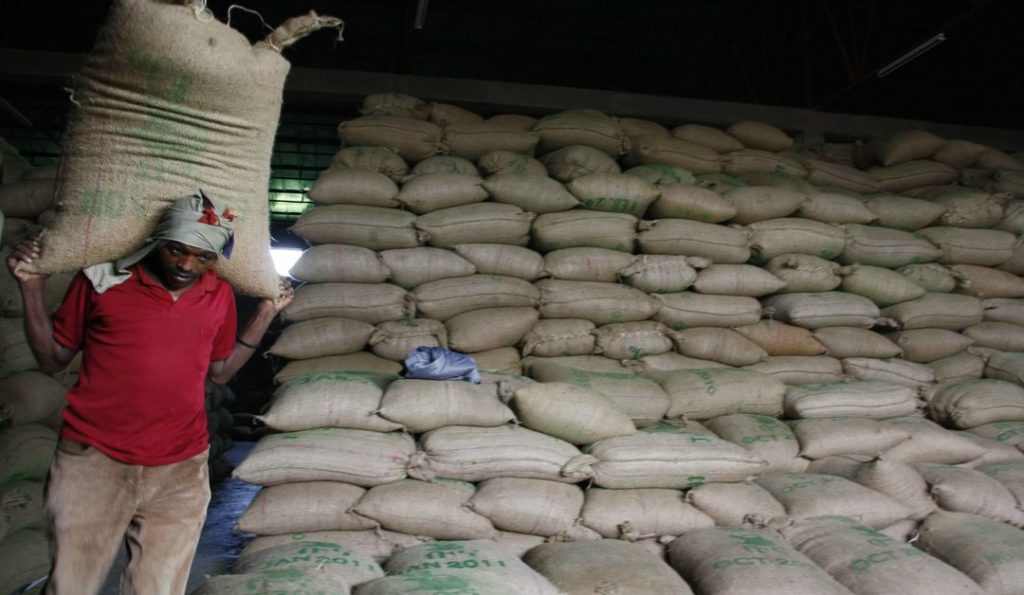
6) Blast furnace slag cement –
This cement has less early strength. This cement develops the low heat of hydration.
7) Coloured Cement-
This type of cement is also called as colored concrete. This cement is manufactured by adding coloring shades to the ordinary Portland cement.
8) Pozzolana cement –
The cement material pozzolana is formed due to volcanic eruptions. This 30% material is added to the OPC for manufacturing the pozzolana cement. This cement is used for the concrete work of dams and weirs.
9) Air entraining cement–
Air entraining agents are made from animal fats, vegetable, oils, calcium agents, wood resins. About 0.025-0.1% of agents are added to the OPC for manufacturing the air-entraining cement.
10) White cement–
This type of cement used in interior works and for joining tiles. This is used after the concrete work to remove the cracks of exterior work.
Test of Cement
The test on cement is taken for checking the strength and quality of cement used in construction. Some tests are conducted in the laboratory and some tests are conducted on-site.
Test of cement – Laboratory
1) Fineness test
The fineness of cement is conduct for the rate of hydration. The grains of cement is finer. The surface area of the grains is more. The development strength of grains is faster. You can determine the fineness of cement by using the Air Permeability test or Sieve Test.
2) Consistency test on cement
A consistency test is conducted to find out the setting time of cement. The setting time of cement is determined by using the Standard consistency test apparatus.
3) Setting time of cement
This test is conducted by using Vicat’s apparatus to find out the initial and final setting time of cement.

4) Strength test of cement
Compressive strength and tensile strength of the cement tests are conducted indirectly to determine the strength of cement. The tensile strength of cement is conducted by using cement-mortar briquette in a tensile testing machine.
5) Soundness test of cement
This test is conducted to find out the presence of lime and magnesia in cement by using Le Chatelier apparatus.
Test of cement (On Site)
1) Colour test of cement
The colour of the cement should not be unequal. It should be light greenish shade and uniform grey color.
2) Presence of Lumps
The cement should be soft, it should not contain any hard lumps. The presence of the lumps in the cement should not be used in construction work.
3) Cement Adulteration Test
If you rubbed the cement in between fingers you will fill its smooth. If it is not smooth then this is because of adulteration of sand.
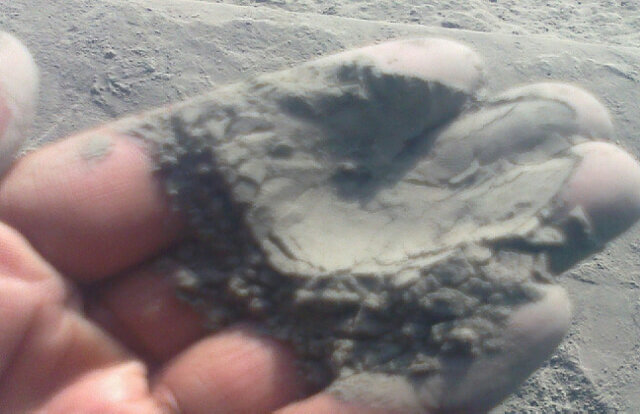
4) Float Test
The cement particles are floating on water before it sinks.
5) Expiry date of cement
The strength of cement decreases with time. The expiry date of cement is 3 months from the date of manufacturing.
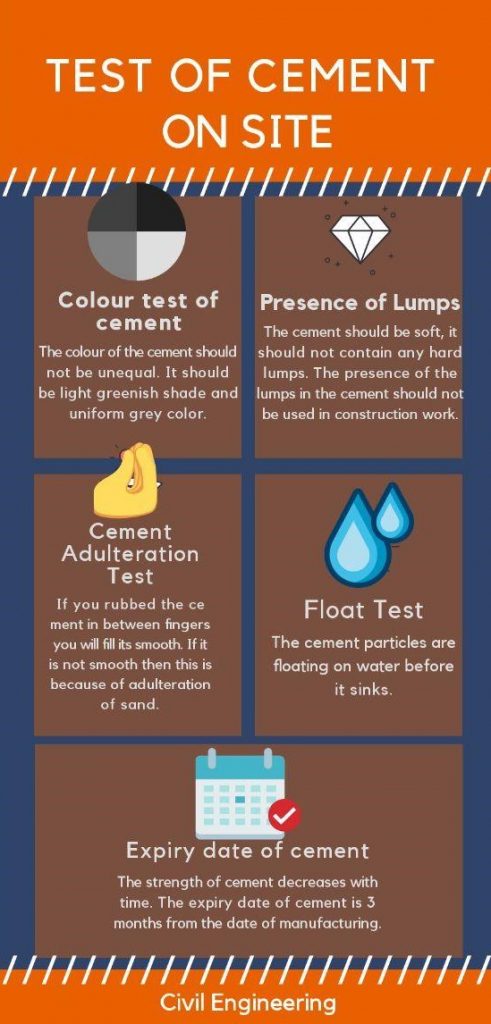
Conclusion
concrete technology is a branch of civil engineering. In this blog, we have seen the basic information about concrete technology. Here you will find information about what is concrete technology, advantages of concrete, Grade of concrete, Ingredients of cements, types of cement and test on cement.
Read also:
- 9 Best Courses of Civil Engineering – Online & Offline
- Subjects of Civil Engineering- Important Subjects
- Best Jobs for Civil Engineers |Freshers | Government jobs in 2020
FAQs
Ordinary concrete, Reinforced concrete, prestressed concrete, Precast concrete, Light weight concrete, High density concrete. This are the some types of concrete.
Compressive strength, Durability, Porosity & Density, Fire Resistance etc. this are the some properties of concrete.
Reinforced concrete is a mixture of concrete and steel bars. The combination of both materials is made to increase the compressive strength of concrete and tensile strength of steel bars.
Concrete technology is used in building construction, road, bridges for making columns, beams, slab, and other load-bearing structures. The different types of proportions used in concrete to obtain the strength.
